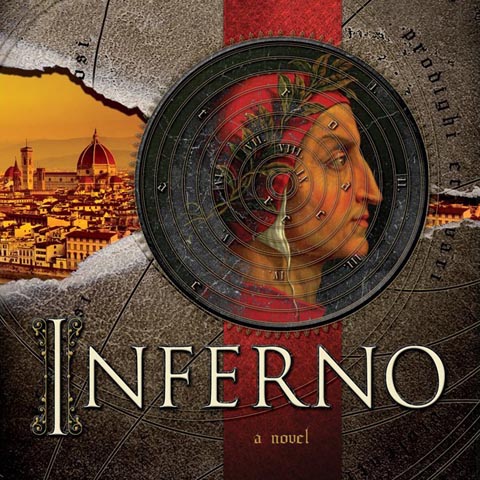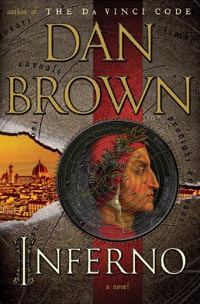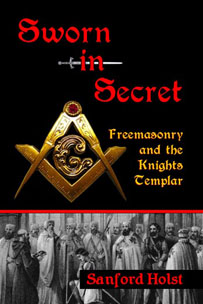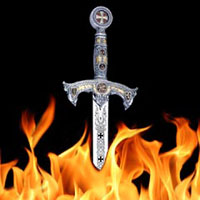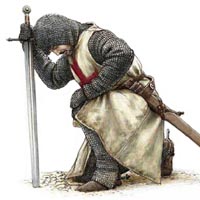|
Dan Brown's Inferno book review |
|
|
Dan Brown's Inferno Book Cover
Dan Brown's Inferno Book Review Updated May 14, 2013 By Sanford Holst All right....hot off the press....that was a much better read than I had expected. To tell you the truth, I really enjoyed the Da Vinci Code -- but the Lost Symbol, not as much. So it seemed Dan Brown might have used up everything he had in that one huge book, to be followed by a slow, ongoing decline. Well, clearly not. I would rate Inferno a step lower than Da Vinci Code, but a step higher than Lost Symbol. If you're wondering "What's it all about?" it's like this. Robert Langdon, our favorite Harvard symbologist and some-time adventurer, finds himself in Florence, Italy -- in what turns out to be a thrilling chase with medical terrorism overtones. His accomplice is a blond-haired, pony-tailed medical doctor who also turns out to be brilliant. You know....your average girl next door. Her name is Sienna Brooks, and her pairing with Langdon leads to racing sprints through art-filled Florence, Venice and Istanbul. They are pulled forward by a trail of clues having to do with Dante's Inferno, of course. In that pursuit we become aware that, reminiscent of the Nazi "final solution to the Jewish problem" in World War II, some raving genius has come up with a final solution to the world's overpopulation problem. The Black Plague that killed huge portions of the known world in the 1300s comes up quite a bit. I don't want to go into the storyline more than that, because it really is a pain when someone gives away the critical twists and the ending. But be assured that Dan Brown shows he still knows how to weave intricate plots and keep things on the move. He also shows extensive familiarity with great artworks, the cities involved, and Medieval events that affected Dante and his world. This rang a bell, because I had written a book about the Knights Templar -- and noted that when many of them were burned at the stake it inspired Dante to write his Inferno. So it was good to see Dan throw a few mentions in that direction. He even had Robert Langdon slyly comment that his favorite Harris Tweed jackets have a red Templar cross sewn into their label. The Templars and Crusades were, of course, active in all three cities that Langdon visits in this heart-pounding quest. But if I had to pick two things that set this Dan Brown novel apart, one would be his knack for weaving clever clues into the most amazing places and devices. The other thing is his innate ability to imagine remarkable, capable women who prove to be important in his thrillers. The Da Vinci Code had that, but the Lost Symbol, not quite as much. He is definitely back on the right track in Inferno. This book review also includes a huge section of illustrations that show many of this novel's people, places and things. It makes your reading experience that much better when you can actually see what is going on. Previously Posted Chapter one of Dan Brown's Inferno opens in a hospital bed with our hero Robert Langdon dazed and confused. He feverishly imagines visions of Dante's Inferno, then comes out of it to realize he cannot remember what happened before the "accident" that landed him in the hospital. He is questioned by an attractive female doctor, and it is implied that he is suspected of having done something wrong. His clothes on the nearby counter are soaked in blood. Outside, a punk-looking woman gets off her motorcycle holding a gun and looks up at his hospital room window. It is a great "thriller" beginning, but it comes with good news and bad news. The bad news is that this opening follows The Da Vinci Code almost step for step. So is this book going to be "been-there, done-that?" Do these things in Inferno look familiar?
So we have seen it all before. But the good news is that The Da Vinci Code was a heck of a good story. If Dan can shake off the similar beginning and make Inferno go in new and unexpected directions, this may yet be the great thriller we all know he is capable of producing. Especially
intriguing in Inferno is the woman who comes to Langdon’s bedside
early in the novel, Dr. Sienna Brooks. Yes, this is Dan Brown writing, so
it takes place in a hospital rather than in romantic moonlight. Even so,
she is captivating. In her early thirties, she appears before him in blue
scrubs with her blond hair tied back into a ponytail that swings behind
her as she comes to him. Will she be a major player in what is to happen?
Do birds fly south in winter? Take that as a “Yes.” Dan Brown Inferno Book Review
Dan Brown Inferno Book Review A Peek Into the Rest of the Story -- Inferno Book Review You almost certainly remember Robert Langdon from his previous tours of duty in Angels & Demons, The Da Vinci Code and The Lost Symbol. This time the intrepid professor from Harvard -- who seems to spend very little time at Harvard -- is off to Florence in Italy. Unlike most tourists who are there for the Chianti wine and artworks such as Michelangelo's towering and graceful statue of David, Landon is on his way to hell. Or, as they say in Italy, inferno.
Michelangelo's David By great coincidence, the epic poem Inferno was written by Dante Alighieri who was born and raised in Florence. And by a further stroke of good luck, Dante's Inferno was filled with symbolic language -- and Langdon is an expert in symbology! Dan Brown gets all the breaks. As I noted in an earlier article, Dante began to write his Inferno just after the Knights Templar were arrested by King Philip of France and Pope Clement. Many of those Templars were burned to death on flaming pyres, while others of their Order escaped and disappeared. Those Templars in flames created searing images that inspired Dante to write his magnificent Inferno.
Templars being burned at the stake When powerful but shadowy forces begin to shepherd pieces into place around Robert Langdon, Dante's Inferno becomes a source of clues for our master symbologist to decipher. But wait, there's more!
Dante's Inferno by Gustave Dore The collapse of the wealthy Templar Order caused their financial empire to come crashing down. That opened the door for small bankers to grow, and one of the most aggressive was the tiny Medici Bank that grew to be the largest and most influential in Europe. The home of the Medici bankers? Florence, of course. Their wealth created a dynasty that ruled Florence for many generations. In the 1500s Cosimo de' Medici built secretive passageways that also figure into Langdon's feverish pursuits through the city.
Passageway crosses bridge above shops The Templars who survived those fiery attacks escaped to live in secrecy outside the law. That act of defiance grew into a rebellion that gave them a measure of revenge on the Vatican and kings who had attacked them. Their story is now told in Sworn in Secret: Freemasonry and the Knights Templar. It reads like a Dan Brown novel, with its trail of clues that reveal the struggles between Templars and the Vatican, but these are real people and events. Two intriguing books--- Inferno Book Review - Dan Brown Inferno Sworn in Secret. Dan Brown's Inferno Book Review web design by webwizards © 2013-2025 Santorini |
When many Templars were burned to death after 1307, it inspired Dante to write his Inferno. That in turn inspired Dan Brown to write his Inferno. But the story of the surviving Templars is in many ways as fascinating as those two works of fiction.
Templars Intriguing new sources light up this stirring story of the Knights Templar. By following the lives of individual knights we get to experience their rise, fall and survival. Those who avoided being burned at the stake were forced to live in secret outside the law. In time they had their revenge on kings and the Vatican for their fallen brothers. See Templars book review. Secret Passage-ways in Florence Built by the notoriously secretive Medici family, this passageway actually exists, and Robert Langdon finds danger there at every turn. See Inferno passageways.
Facebook Page The Knights Templar page on Facebook stays up to date on what is happening in that world and this one. Check it out on the Facebook page.
Dan Brown's Inferno book review |
